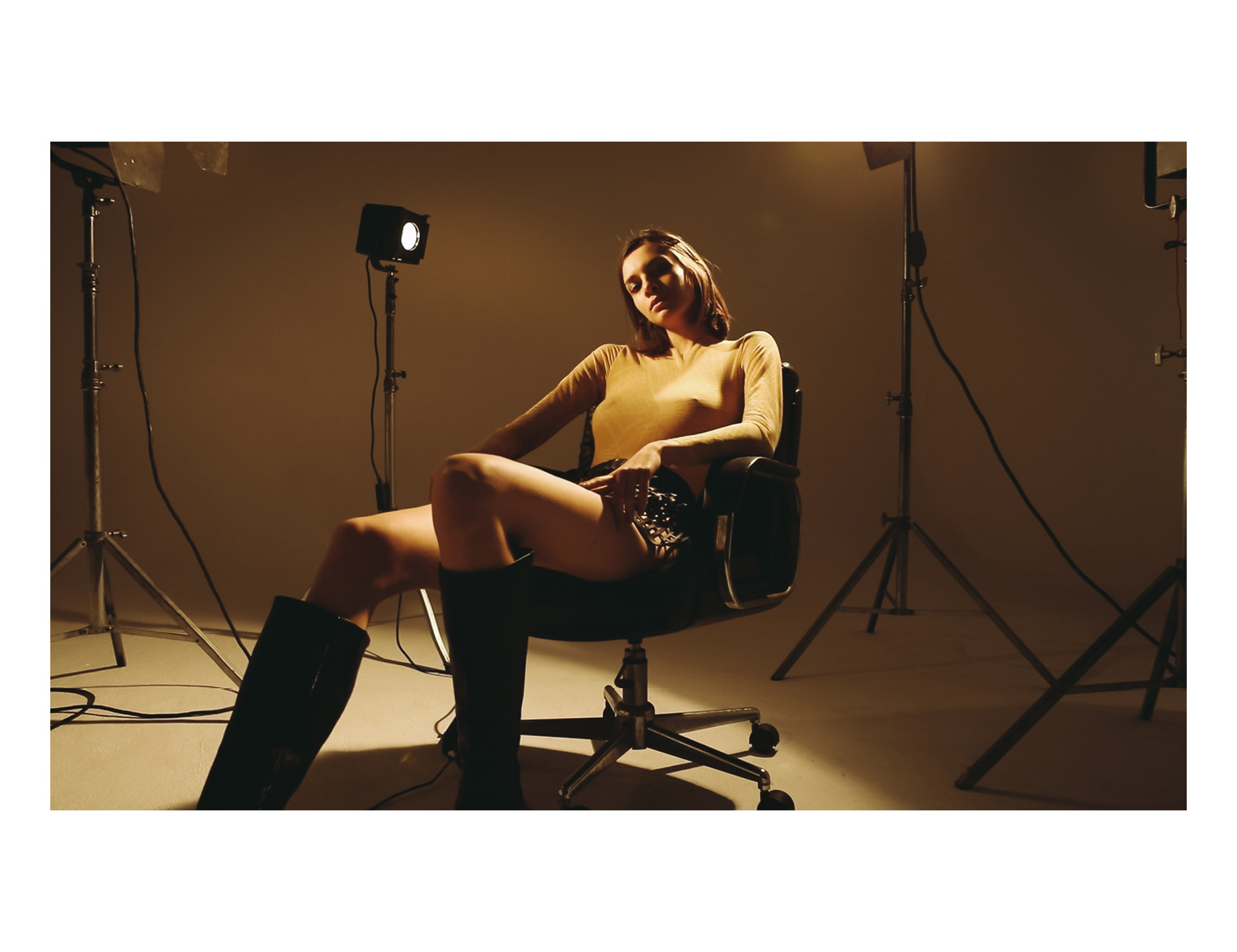Tell us a bit about you, your background. What made you start your brand in nowadays context?
Since a very young age I was involved with fashion and design. As a kid I used to model in fashion shows during the kid’s fashion week of my hometown, and it was so much fun! I loved it! Being surrounded by all these beautiful pieces and vibrant energy. My parents also used to bring me to interior design exhibitions and art museums, I used to paint all the time and study colors. When I was only 14 I did my first internship, at ELLE magazine Spain. So, I guess everything organically pointed towards dedicating myself to fashion. I’ve just always felt very attracted to it. I think the pandemic pushed people further towards introspection, with everything slowing down, people had to reflect about themselves, get to know themselves better, acknowledge how important identity is. I did that too and it made me realize I have the need to express my creativity with freedom. Then I had a couple collaboration propositions and I thought, well, this is it, I’m going to start my own project. I think there’s an increasingly bigger space for young and independent designers who focus on slower fashion, and I truly believe there’s a public interested in this as well, so now seemed like the perfect time to dedicate myself to my own brand, though I still have a lot of learning ahead of me.
Madrid, Florence, London, Paris and New York, you’ve lived and designed in all of these places. How did all this shape you?
Overall, I think moving to different cities like that helped me build up an extensive visual archive in my imaginary, by exposing me to such different concepts of beauty and design. I’d like to think some of that bleeds into my work, consciously or not. Each place offered me a different approach to design. In Paris, I learnt a more technical approach to the garment’s construction. Then I moved to Firenze to pursue my studies at Polimoda where I connected more with my own identity as a designer. And living in Brooklyn and working for Marc Jacobs was what most impacted me professionally, I think it’s my favorite city so far, it’s the city where I felt most like myself, NY allows everyone to be themselves.
Patterns inspire you, the Spanish road network is rather emblematic, is this what influenced you in your design?
Spanish road network is certainly characteristic! But I would say that what often influences my design is Spanish underground culture. I think we as people have always been very creative and daring, and we socialize a lot outside, our streets in general are always crowded, so Spanish “street-life” is also emblematic. I feel like young creatives in Spain have managed to channel all the frustration of the recent crisis by collaborating and mixing Spanish folk heritage and street culture with contemporary references. It’s giving birth to a very interesting creative scene, with a strong and unique identity. There’s many talented visual artists, video-makers, art directors and stylists from Spain that I admire and I hope to collaborate with one day.
In the Bourgy-line collection, did the phenomenon of gentrification affect you closely or have you simply liked it graphically? Does the cut out textile represent a street map or a cage?
Yes, indeed, the cut out textile represents the map of Brooklyn in real scale, I found it very interesting graphically but above all it was my way to talk about urban planning and gentrification. I’m very much interested in politics and the anthropological side of fashion, so my research often focuses on social matters.
 https://www.nastymagazine.com/wp-content/uploads/2023/12/ZETRA-050.jpg
1066
1600
Editor Nasty
https://www.nastymagazine.com/wp-content/uploads/2015/02/new-logo-basker-WHITE4.png
Editor Nasty2023-12-04 18:40:222023-12-04 18:49:49Zetra / Darkness in Glasgow
https://www.nastymagazine.com/wp-content/uploads/2023/12/ZETRA-050.jpg
1066
1600
Editor Nasty
https://www.nastymagazine.com/wp-content/uploads/2015/02/new-logo-basker-WHITE4.png
Editor Nasty2023-12-04 18:40:222023-12-04 18:49:49Zetra / Darkness in Glasgow














